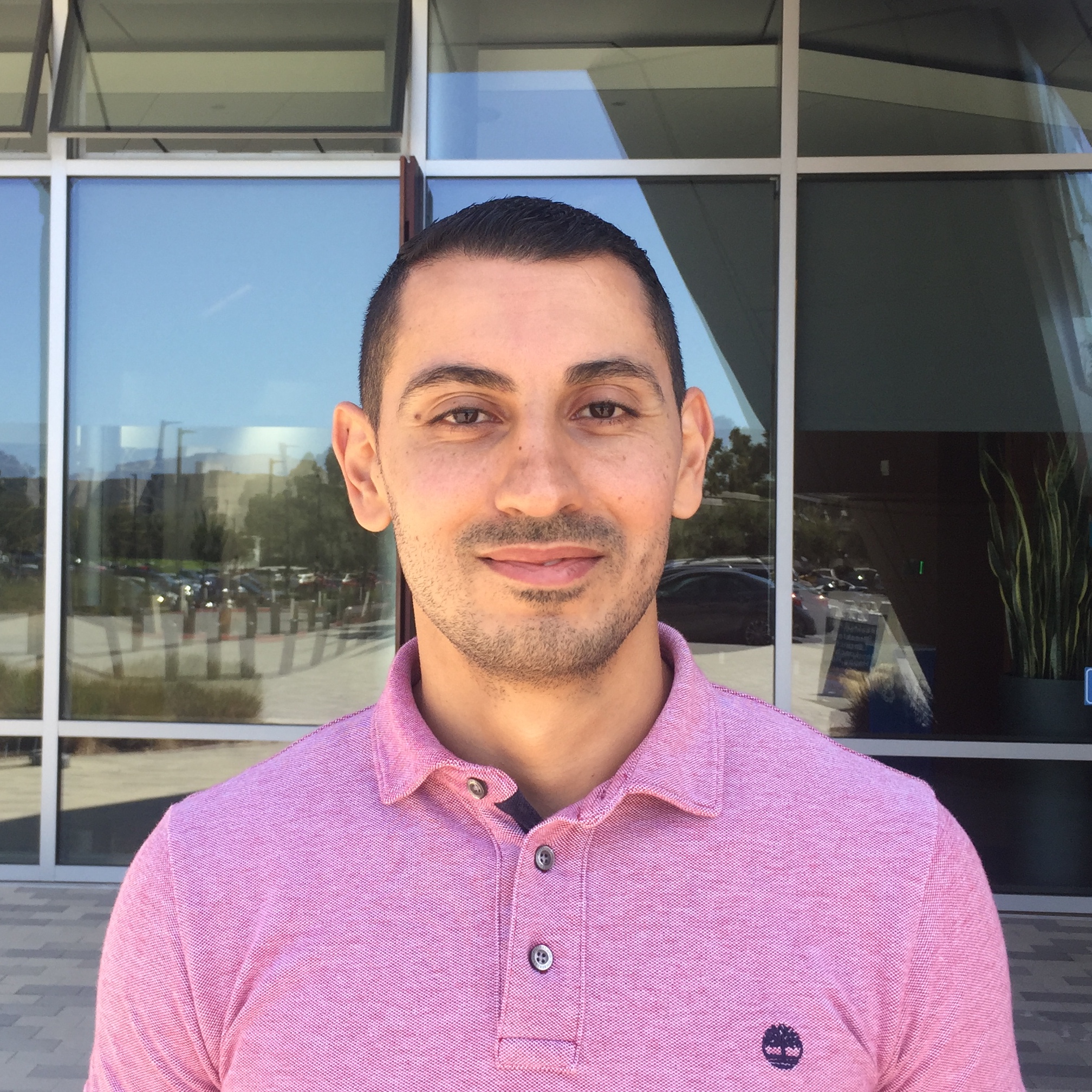Ibrahim omar, Ph.D.
Postdoctoral Fellow
I conducted my Ph.D. studies in the laboratory of Dr. Michael Berger at the Hebrew University of Jerusalem. Here, I studied the quiescence of immune cells using loss of function model of the quiescence factor Schlafen2 to understand the mechanism by which quiescence is maintained in T lymphocytes. My work revealed that T cells from Schlafen2 deficient mice exhibit chronic ER stress and elevated levels of intracellular cholesterol. In my postdoctoral training, I became interested in understanding the crosstalk between different immune cells and other peripheral tissues. I joined the Sander lab in 2019 to study the interaction between pancreatic islets and resident immune cells. My primary focus will be on finding new aspects of this complicated interaction in health and during development of diabetes.
Publications:
Omar I, Guterman-Ram G, Rahat D, Tabach Y, Berger M, Levaot N. (2018) Schlafen2 mutation in mice causes an osteopetrotic phenotype due to a decrease in the number of osteoclast progenitors. Scientific Reports 8:13005.
Omar I, Rom O, Aviram M, Cohen-Daniel L, Gebre AK, Parks JS, Berger M. (2017) Slfn2 mutation-induced loss of T-cell quiescence leads to elevated de novo sterol synthesis. Immunology 152(3):484-493.
Omar I, Lapenna A, Cohen-Daniel L, Tirosh B, Berger M. (2016) Schlafen2 mutation unravels a role for chronic ER stress in the loss of T cell quiescence. Oncotarget 28;7(26):39396-39407.
Lapenna A , Omar I, Berger M. (2016) A novel spontaneous mutation in the TAP2 gene unravels its role in macrophage survival. Immunology 150(4):432-443.
Goldshtein A, Zerbib SM, Omar I, Cohen-Daniel L, Popkin D, Berger M. (2016) Loss of T-cell quiescence by targeting Slfn2 prevents the development and progression of T-ALL. Oncotarget 26;7(30):46835-46847.

